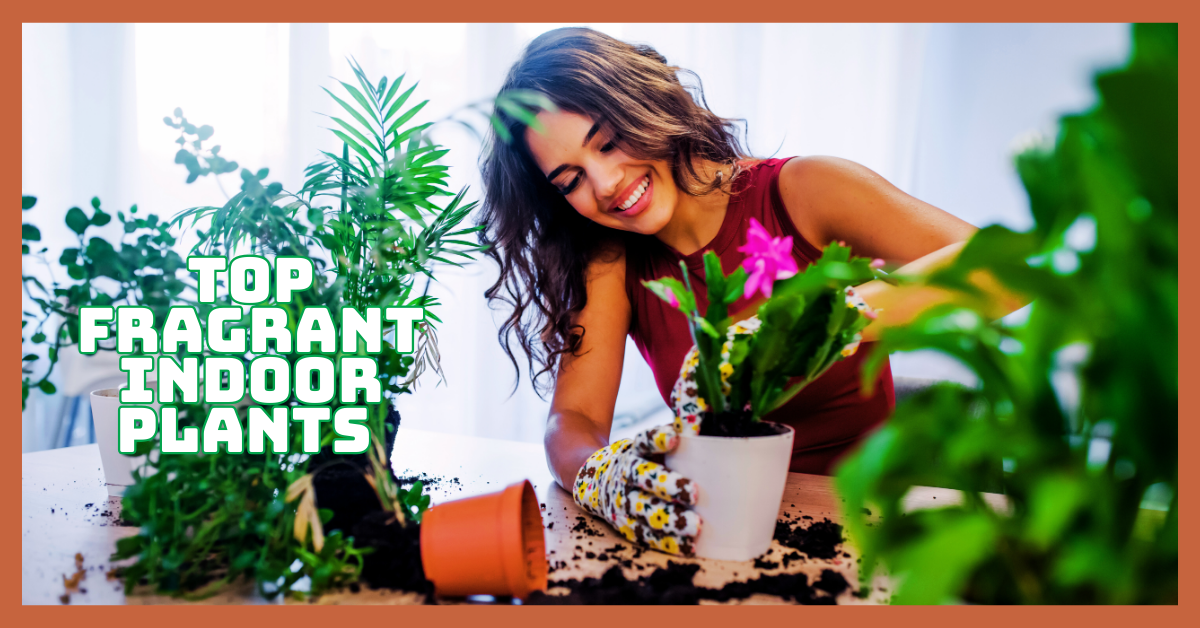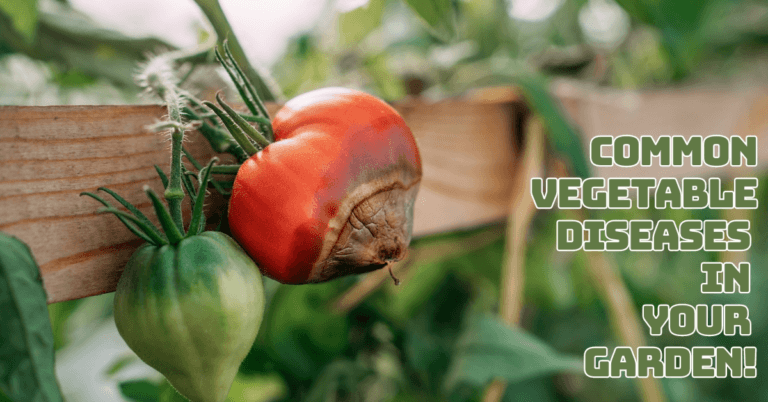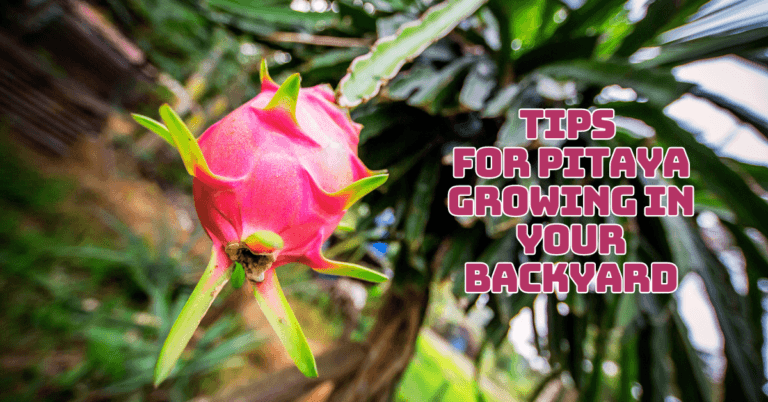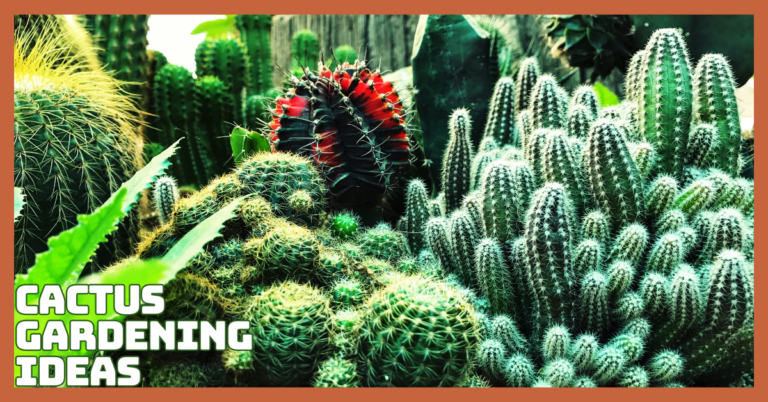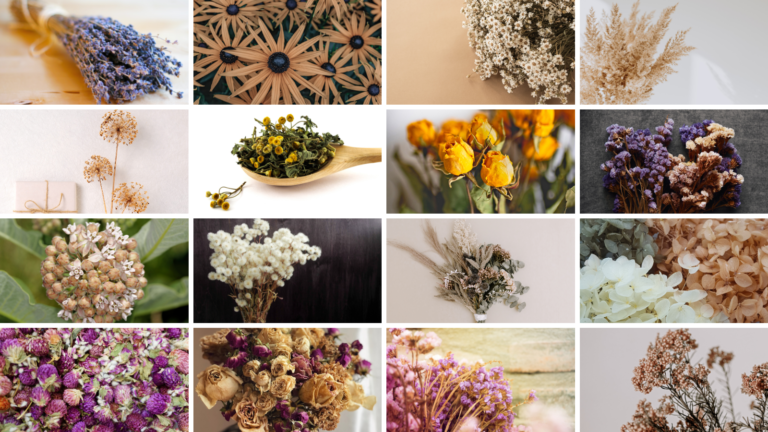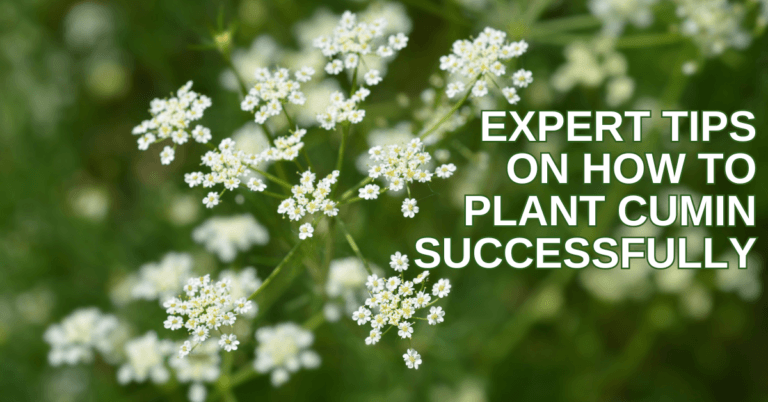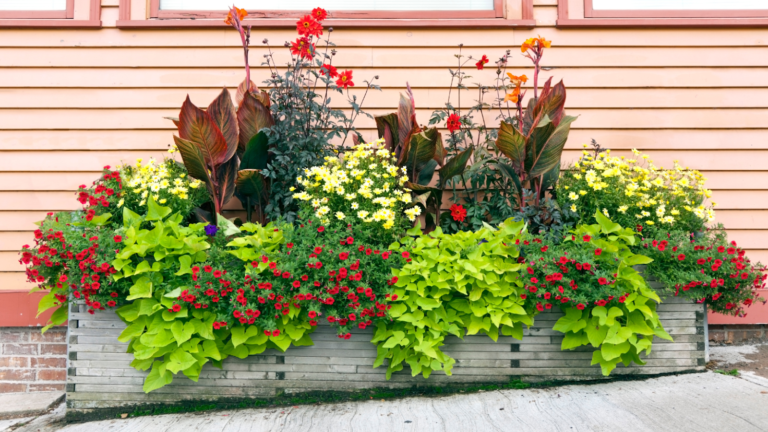Best Fragrant Indoor Plants That Instantly Refresh Your Home
When you think of transforming your indoor space, adding fragrant plants is one of the most effective and natural ways to elevate the ambiance of your home.
Adding fragrant plants indoors is one of the best ways to create a fresh, welcoming atmosphere that enhances your home’s ambiance and promotes well-being. Fragrant plants can improve mood, reduce stress, and make your home welcoming.
This comprehensive guide will explore a variety of fragrant indoor plants suitable for your home and offer tips on how to care for them.
Health Benefits Of Fragrant Plants
Fragrant plants offer numerous health benefits that go beyond their delightful scents. Here are some ways these plants can enhance your well-being:
1. Stress Relief And Relaxation
Fragrant plants with relaxing properties include lavender and jasmine. Their scents can lower cortisol (stress hormone) levels and trigger relaxation, reducing stress and anxiety. Inhaling their fragrance promotes a peaceful atmosphere, easing tension after a long day.
2. Improved Sleep Quality
Certain fragrant plants, such as lavender and chamomile, have been linked to improved sleep quality. Their soothing aromas can help relax the nervous system, ease insomnia, and create a calming environment conducive to better rest. Placing these plants in your bedroom may promote a deeper, more restful sleep.
3. Mood Enhancement
The pleasant fragrance of flowers like roses, mint, and citrus can elevate your mood. By promoting dopamine production, aromatherapy can help to enhance mental wellness. Simply inhaling these scents can uplift your spirits and boost your overall happiness.
4. Improved Focus And Cognitive Function
Certain plant scents, such as peppermint and rosemary, stimulate the brain, improve focus, and boost cognitive function. These fragrances enhance concentration and mental clarity, making them ideal for work or study environments.
5. Air Purification
Many fragrant plants, like eucalyptus and jasmine, are natural air purifiers. They help to improve indoor air quality by eliminating harmful pollutants and toxins. Breathing in clean, fresh air can result in better respiratory health, increased vitality, and fewer respiratory problems.
Top Fragrant Indoor Plants
1. Lavender (Lavandula)
Why It's Perfect For Indoors
One of the most excellent fragrant plants to grow inside is lavender. It is ideal for establishing a quiet and pleasant home atmosphere because it has a soothing aroma and requires little upkeep.
It’s also visually appealing and low-maintenance, making it a favourite among those looking to bring beauty and tranquillity into their homes.
Best Placement
Lavender needs strong, direct sunlight to thrive, so a sunny windowsill—especially south-facing—is ideal. Ensuring at least six hours of daily sunlight will help the plant maintain its health, aroma, and beautiful purple blooms.
Care Tips
Use well-draining soil and water only when the top inch feels dry. Avoid overwatering to prevent root rot. During winter, reduce watering as the plant’s growth slows. Pruning faded blooms helps maintain shape and encourages more flowering.
How To Grow Lavender
Lavender grows best in USDA zones 5–9. Use a pot with good drainage and a sandy or gritty soil mix indoors. Provide full sun for 6–8 hours daily.
Keep the plant in a warm, dry area with good air circulation. Water sparingly and prune occasionally to keep it tidy. Fertilize lightly in spring. It’s a hardy, aromatic herb that brings lasting charm to indoor settings.

2. Jasmine (Jasminum spp.)
Why It's Perfect For Indoors
Jasmine is a top choice among fragrant indoor plants, filling your home with a sweet, soothing fragrance that enhances the atmosphere, particularly in the evenings.
Its delicate white or yellow blooms are beautiful and aromatic, creating a calming and romantic indoor atmosphere that is ideal for relaxation and ambiance.
Best Placement
Place jasmine in a well-lit indoor space that receives 4–6 hours of indirect sunlight daily. A bright windowsill or sunroom works best. Avoid harsh direct sunlight, which may scorch the leaves or cause the flowers to fade prematurely.
Care Tips
Jasmine likes soil that drains well and is continuously moist—water frequently, but not too much, especially during the growing season.
After flowering, trim the plant to give it shape and promote new flowers. To avoid mould and pest problems, ensure adequate air movement.
How To Grow Jasmine
Jasmine grows best in USDA zones 7–10. When indoors, plant it in soil that drains properly and set it up in an area that receives bright, indirect light.
For humidity, spray the soil occasionally and keep it damp but not wet. Fertilize monthly during the growing season. Prune lightly after blooms fade.
It thrives in moderate indoor temperatures and rewards you with rich, fragrant blossoms—perfect for bedrooms, living rooms, or any cozy corner.
3. Gardenia (Gardenia jasminoides)
Why It's Perfect For Indoors
Gardenias are beloved for their lush, creamy-white flowers and rich, sweet fragrance that perfumes the room. Their glossy, deep-green foliage adds elegance, making them a stunning and sensory-enhancing addition to any indoor plant collection or decorative space.
Best Placement
Gardenias thrive in bright, indirect sunlight. A location with gentle morning sun is ideal, as harsh afternoon rays may scorch leaves.
Maintain a consistently warm environment. Drafts or sudden temperature changes might stress the plant and prevent it from blossoming.
Care Tips
Gardenias require high humidity to flourish indoors. Use a humidifier or humidity tray to increase moisture. Water them frequently to maintain constantly moist but never waterlogged soil. Keep the soil from drying out or becoming soggy to prevent harm to the roots.
How To Grow
Gardenias grow best in USDA zones 8–11. Indoors, use acidic, well-draining soil and place them in a bright spot with indirect sunlight.
Keep temperatures between 65–75°F and maintain high humidity with misting or a humidifier. Water consistently, avoiding soggy soil.
Fertilize monthly with an acid-loving plant food. Prune lightly after blooming to shape the plant and promote new growth. Their scent and beauty make them ideal for indoor serenity.
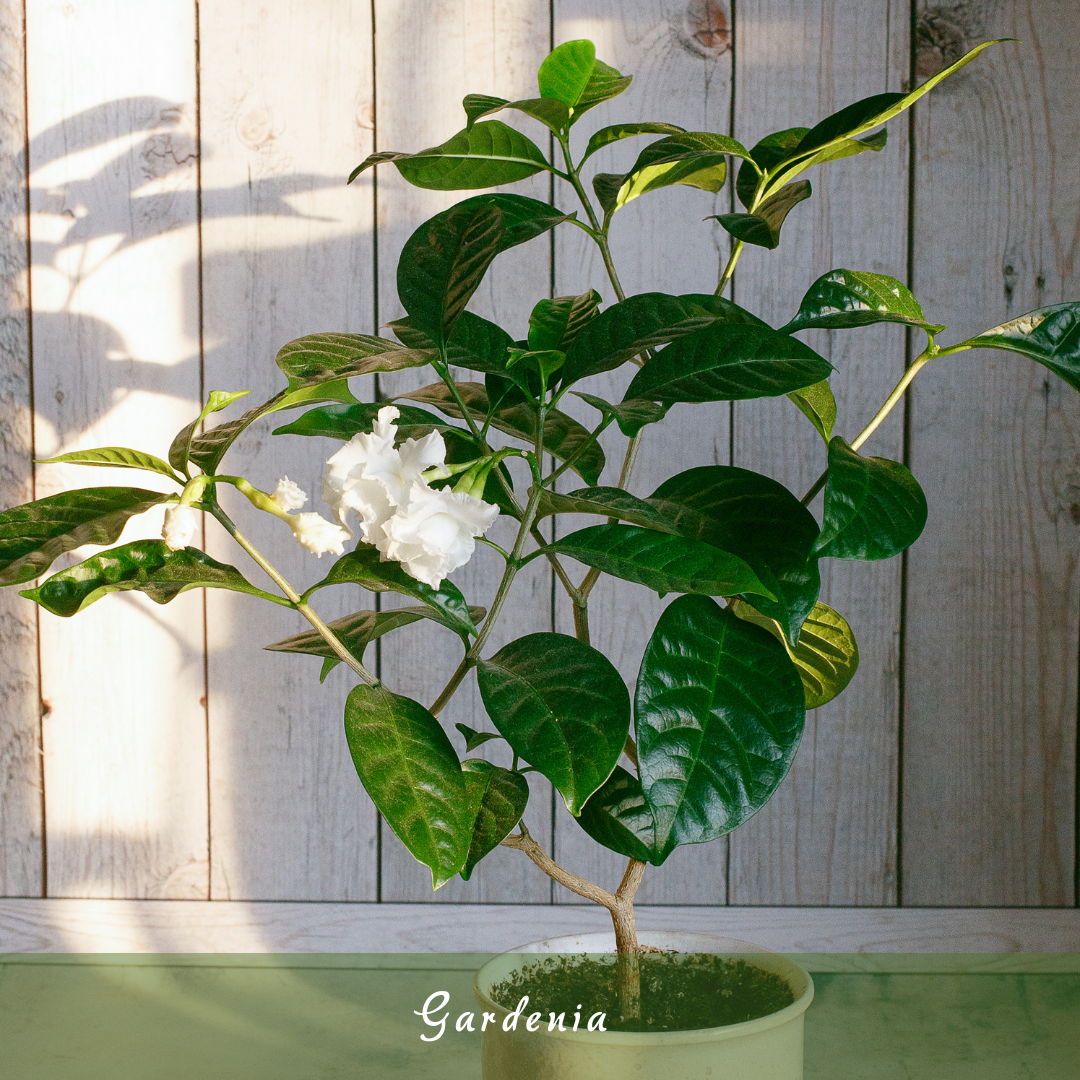
4. Eucalyptus (Eucalyptus spp.)
Why It’s Perfect For Indoors
Eucalyptus is one of the best fragrant indoor plants. Its natural antibacterial properties offer a refreshing, minty scent while purifying the air.
Its natural antibacterial qualities make it more than just aromatic—they help purify indoor spaces while adding a modern, silvery-green aesthetic to your décor.
Best Placement
Place eucalyptus in a spot with bright, indirect light, such as near an east or west-facing window. Avoid the intense noon heat, as it can burn its leaves. Good airflow and stable temperatures will help it thrive indoors year-round.
Care Tips
Water just when the top inch of soil has dried. Eucalyptus dislikes soggy soil and thrives on infrequent watering. Prune regularly to maintain its compact form and encourage new leafy growth, especially in potted, indoor settings.
How To Grow Eucalyptus
Eucalyptus grows well in USDA zones 8–11 but can be kept indoors anywhere with proper care. Place a large pot with well-draining soil in bright, indirect sunlight.
When watering, use sparingly and let the soil dry out a little. Prune often to control size and shape. Since eucalyptus grows quickly, it is best to fertilize it sometimes in the spring and summer with a balanced fertilizer to maintain healthy leaves and scent.
Turn Your Passion for Nature Into Income
🌿 Whether you love gardening, caring for animals, or exploring holistic living,
You can share your knowledge online and earn from it.
Discover how nature lovers are growing their passions into meaningful, income-generating blogs. 👇
5. Mint (Mentha)
Why It's Perfect For Indoors
Mint offers a crisp, clean fragrance that revitalizes any space and doubles as a kitchen herb. Its refreshing aroma uplifts moods and makes it ideal for indoor use, especially in the kitchen or home office areas.
Best Placement
Place mint in a bright area with indirect sunlight. It tolerates partial shade well, making it adaptable to various indoor spots. Keep it out of direct sunlight, though, as it might dry the soil and burn its fragile leaves.
Care Tips
Mint thrives in consistently moist soil but dislikes being waterlogged. Water regularly to ensure good drainage. Prune or pinch back stems often to prevent legginess and encourage full, bushy growth. A pot with a drainage hole is necessary for the roots to stay healthy.
How To Grow Mint
Mint grows well in USDA zones 3–11 and is perfect for pots indoors. Use rich, well-draining soil and a container with drainage holes.
Place it near a window that gets indirect sunlight. Water often to keep the soil moist but not soggy. Fertilize monthly during the growing season.
Regular pruning keeps the plant bushy and prevents spreading. Rotate the pot weekly to encourage even growth and exposure to light.
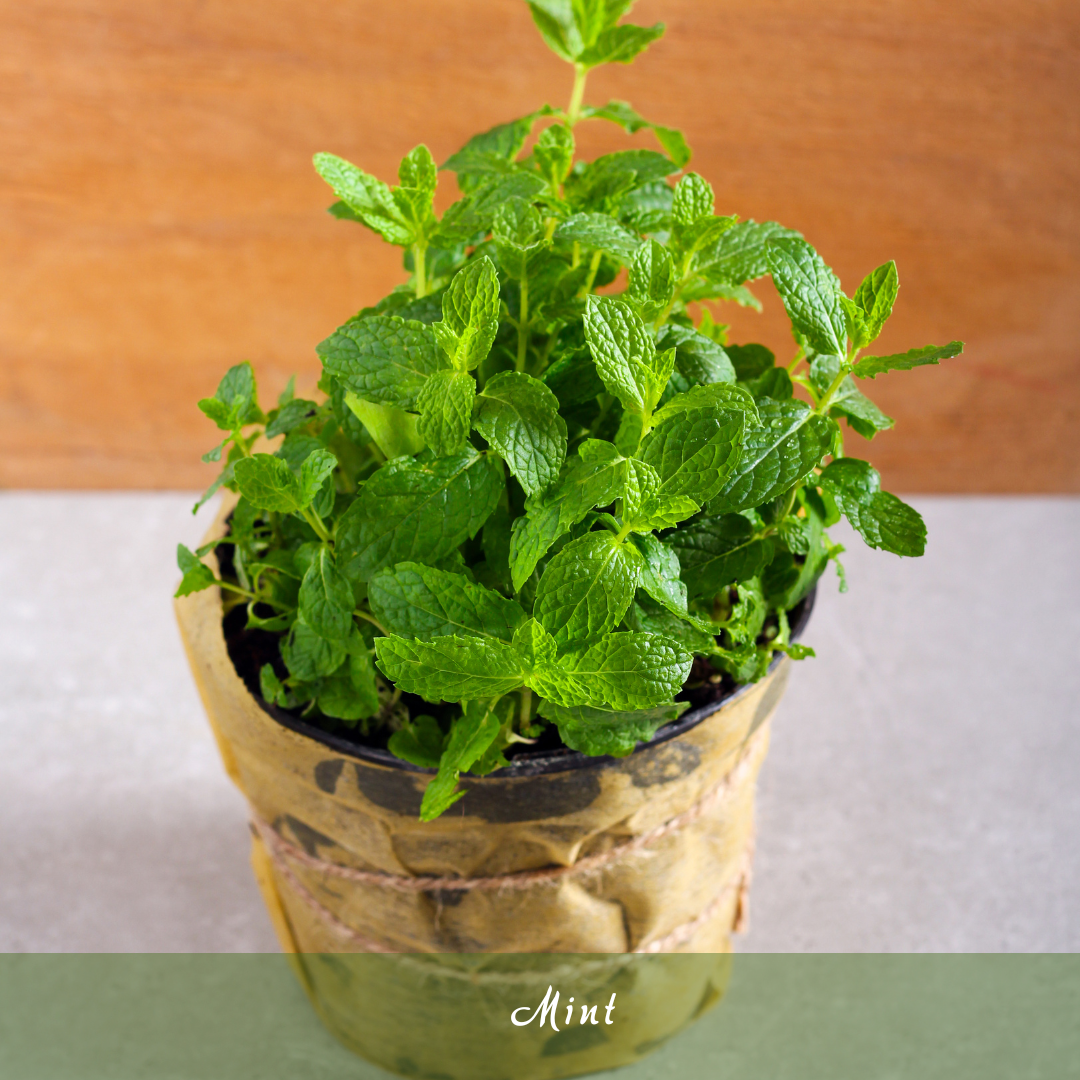
6. Lemon Balm (Melissa officinalis)
Why It's Perfect For Indoors
Lemon balm has a refreshing lemony fragrance that is both uplifting and calming, making it perfect for reducing stress in indoor spaces. Its soothing scent can create a peaceful atmosphere, which makes it ideal for kitchens, living rooms, and home offices.
Best Placement
Place lemon balm in a location that receives bright, indirect sunlight, like a windowsill. Steer clear of the sun since it can dry out the leaves. Healthy growth and a bountiful, fragrant yield are guaranteed in an area with enough lighting.
Care Tips
Lemon balm prefers consistently moist soil but does not tolerate overwatering. Water it when the top layer of soil seems dry. Prune the leaves regularly to encourage bushier growth and prevent legginess. Use it in teas or as a culinary herb.
How To Grow Lemon Balm
Lemon balm thrives in USDA zones 4–9 and is perfect for growing indoors in containers. Place the plant in bright, indirect light and use soil that drains well.
Give it frequent waterings to ensure the soil is damp but not waterlogged. During the growing season, fertilize to promote healthy development. Prune often to maintain its compact shape. It is a fast-growing plant that can be harvested for food or medicine.
7. Geranium (Pelargonium spp.)
Why It's Perfect For Indoors
Scented geraniums are among the top fragrant indoor plants. They provide a variety of delightful scents, like rose, lemon, and mint, that enhance the atmosphere of any room.
Their aromatic leaves release a pleasant scent when brushed or touched, making them an excellent choice for creating a fragrant atmosphere indoors.
Best Placement
Place scented geraniums in a spot with bright, indirect sunlight, such as a sunny windowsill. While they enjoy sunlight, avoid direct, intense sunlight to prevent sunburn on their delicate leaves and maintain their aromatic quality.
Care Tips
Fragrant geraniums thrive in well-draining soil. Water them only when the soil is completely dry to the touch, as overwatering can lead to root rot. To maintain the health of the plant, always let the soil dry out in between waterings.
How To Grow Geraniums
Scented geraniums grow well in USDA zones 9–11, making them ideal for indoor cultivation. Place the plant in bright, indirect light and use soil that drains well.
Don't overwater; only water when the soil seems dry. Regular pruning encourages compact growth and a more fragrant plant.
Fertilize lightly during the growing season. These plants thrive with good air circulation and should be kept in warm, dry conditions.
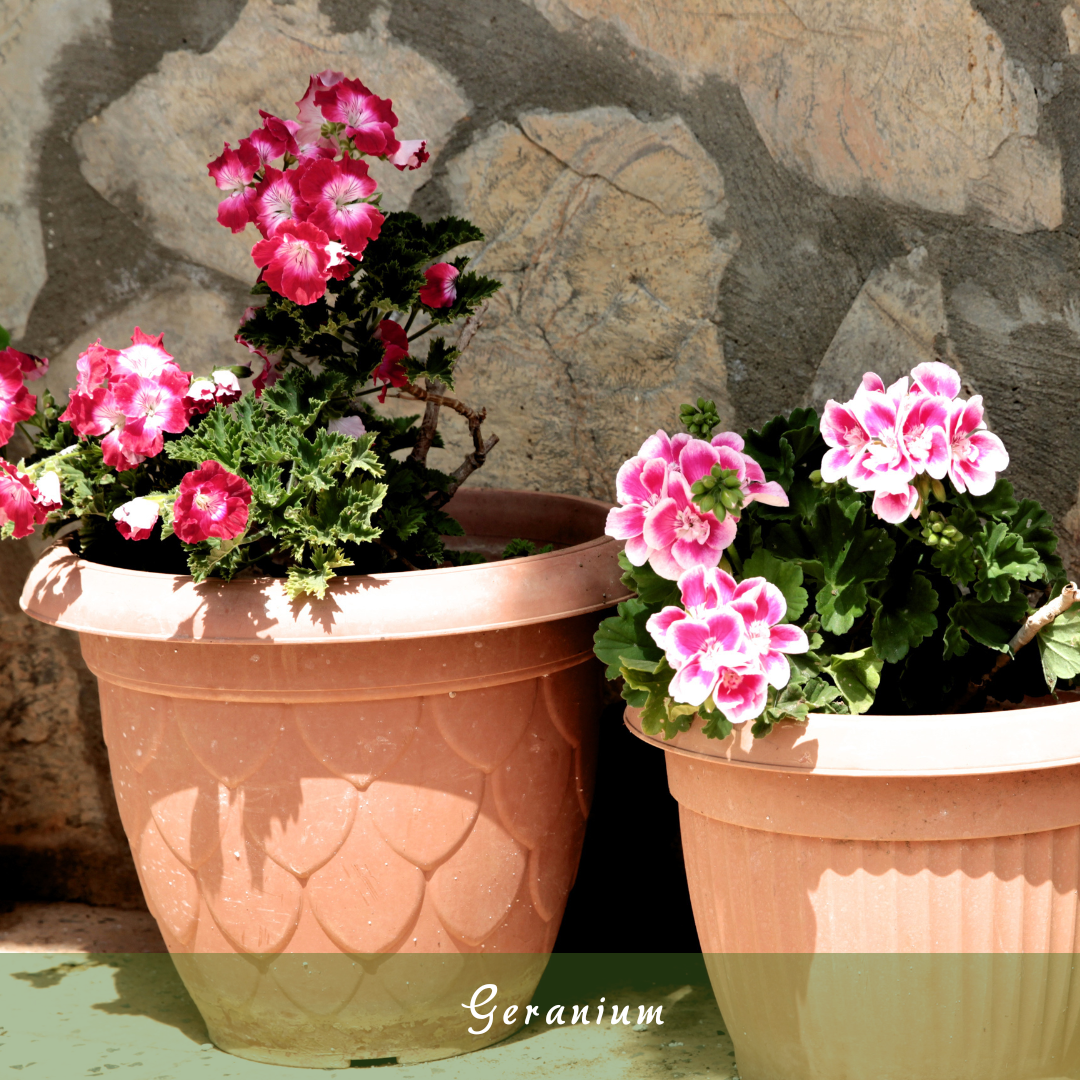
8. Clove Pink (Dianthus caryophyllus)
Why It's Perfect For Indoors
Clove Pink (Dianthus) is known for its fragrant flowers in shades of pink, red, and white. The flowers emit a sweet, spicy scent similar to cloves, making them a perfect indoor plant to infuse your home with a delightful fragrance.
Best Placement
Dianthus thrives in full sunlight, so place it near a south-facing window where it can get plenty of direct light. This will promote rapid growth and copious flowering, producing an exquisite display of aromatic blossoms.
Care Tips
Dianthus prefers well-drained soil and requires regular watering to thrive. Ensure the soil receives sufficient moisture without excessive watering.
Deadheading spent flowers helps keep the plant looking nice and encourages new blooms. Avoid allowing the soil to remain soggy to prevent root rot.
How To Grow
Dianthus grows well in USDA zones 4–9 and can be cultivated indoors. It needs well-draining soil, a sunny location, and moderate watering.
Let the soil dry out between waterings to prevent overwatering. During its growing season, deadheading spent flowers encourages continuous blooming.
Dianthus benefits from occasional fertilization and, once established, is quite drought-tolerant. Providing a sheltered, stress-free environment can help extend its blooming season.
9. Frangipani (Plumeria spp.)
Why It's Perfect For Indoors
Frangipani (Plumeria) is renowned for its sweet, tropical fragrance that reminds people of tropical vacations. Its intense, floral scent fills the air and helps create a relaxing, calming indoor atmosphere, making it a perfect addition to any home.
Best Placement
Plumerias require bright, direct sunlight for at least 6–8 hours daily. Place them in a sunny spot near a south or west-facing window to ensure they get enough light for healthy growth and vibrant blooms.
Care Tips
Frangipani plants thrive in well-drained soil and should be watered when the top layer of soil feels dry. Avoid overwatering, especially during winter when the plant is dormant. In colder months, reduce watering to prevent root rot.
How To Grow
Plumeria grows well in USDA zones 10–11 and is suitable for indoor growing with sufficient light and care. It needs well-drained soil, bright sunlight, and occasional fertilization during the growing season.
Water it when the soil is dry, but avoid overwatering. Plumeria may go dormant in winter, requiring less water. Be mindful of temperature, keeping it warm and preventing cold drafts. It's a low-maintenance plant with a beautiful fragrance.
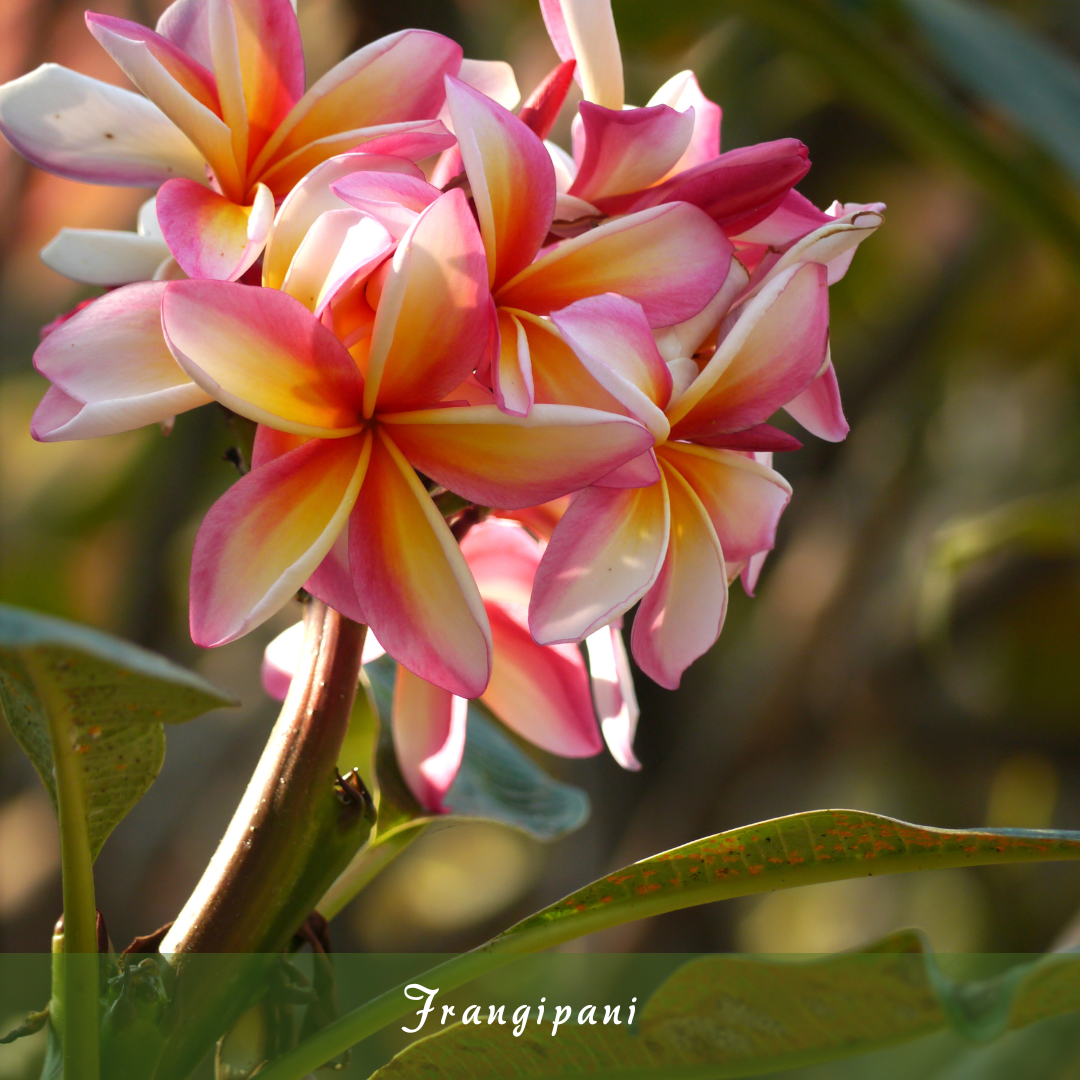
10. Sweet Alyssum (Lobularia maritima)
Why It's Perfect For Indoors
The tiny, fragrant blossoms of sweet alyssum are purple and white. Their honey-like scent fills your space with a light, sweet aroma. Their compact size and delicate fragrance make them ideal plants for indoor environments.
Best Placement
Sweet alyssum thrives in full sun or partial shade. It can be placed on windowsills with plenty of natural light, ensuring the right balance of warmth and sunlight for successful indoor growth.
Care Tips
This plant prefers well-drained soil and needs regular watering, though the soil should dry slightly between waterings to avoid overwatering. To maintain the plant's health and promote continued blossoming, deadhead the blossoms regularly.
How To Grow
Sweet alyssum is best suited for USDA zones 9–11 and does well in containers or as an indoor plant. It prefers well-drained, moderately fertile soil and enjoys full sun or partial shade.
Water the plant when the soil is dry, but avoid sogginess. Prune or deadhead regularly to keep the plant blooming. Sweet alyssum is an easy-care, fragrant plant that thrives in bright, warm indoor environments with consistent attention.
FAQ
Q1: Are Fragrant Indoor Plants Safe For Pets?
Not all fragrant plants are pet-friendly. For example, lavender and gardenia can be toxic to cats and dogs. Always check for pet-safe options, such as areca palm, bamboo palm, or catnip, if you have pets at home.
Q2: Can I Grow Fragrant Herbs Indoors, Too?
Absolutely! Herbs like basil, rosemary, thyme, and mint add fragrance and can also be used in your cooking. They're perfect for windowsills and small indoor gardens.
Conclusion
Fragrant indoor plants beautify your space and improve your well-being by creating a calming and refreshing environment that enhances mood and air quality.
Whether it’s calming stress, boosting mood, or purifying the air, these plants produce a soothing and healthy environment.
With the proper placement and care, fragrant indoor plants can elevate your living space, making it a relaxing and refreshing retreat.
I trust you enjoyed this article on the Best Fragrant Indoor Plants That Instantly Refresh Your Home. Please stay tuned for more inspiring guides, helpful tips, and ideas to help you live closer to nature every day.
Take care!
— JeannetteZ
💬 Your Opinion Is Important To Me
Do you have thoughts, ideas, or questions? I’d love to hear from you. Please leave your comments below or email me directly at Jeannette@Close-To-Nature.org.
📚 More Nature-Inspired Reads
Explore more ways to connect with nature, nurture your pets, and live in harmony with the world around you 🌿

